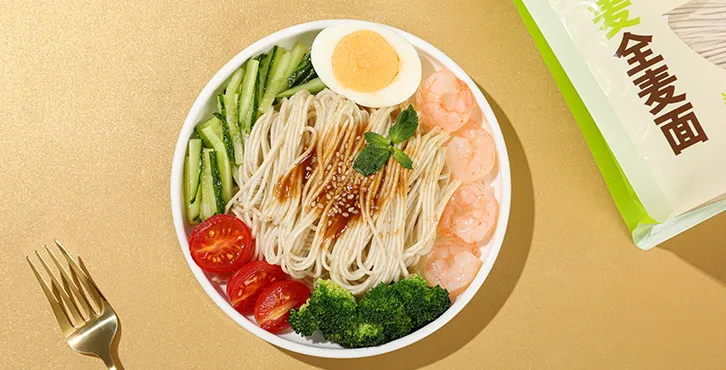Crafting Delicious Handmade Noodles from Scratch for Culinary Enthusiasts
The Art of Handmade Noodles A Culinary Tradition
In a world increasingly dominated by fast food and mass production, the traditional craft of making handmade noodles stands as a testament to the beauty of culinary art. Originating from various cultures, handmade noodles have transcended geographical boundaries, bringing with them a rich heritage and a story that greatly enhances the dining experience. In this article, we delve into the intricacies of making handmade noodles, the significance behind this craft, and why it continues to thrive in contemporary cuisine.
The Essence of Handmade Noodles
At its core, handmade noodles embody a deep connection between the cook and the culinary process. The act of kneading dough, rolling it out, and cutting it into shapes is not just about sustenance; it is a form of expression and a nod to tradition. Different cultures have their unique recipes and techniques, from the delicate strands of Italian tagliatelle to the wheat-based Japanese udon. Regardless of the style, these noodles often require only a few simple ingredients flour, water, and sometimes eggs, yet the variations are endless.
The process begins with mixing flour and water to create a smooth dough. This dough is then kneaded, a step that is crucial for developing gluten, which provides the characteristic chewiness that is beloved in noodle dishes. Once the dough achieves the right texture, it is allowed to rest, allowing the gluten to relax. This resting period is essential, as it ensures that the noodles can be rolled out thinly and easily cut into the desired shapes.
Handcrafted Techniques
The art of handmade noodles is steeped in tradition, often passed down through generations. Many noodle artisans employ techniques that have been honed over decades or even centuries. For instance, the method of pulling dough, commonly used in making Chinese lamian noodles, involves stretching and folding the dough repeatedly to achieve long, elastic strands. This method not only creates the perfect texture but also becomes a spectacle to behold.
Similarly, the Italian technique of rolling and cutting pasta has its own charm. Using a simple rolling pin or pasta machine, the dough is stretched into thin sheets and then cut into various shapes like fettuccine or ravioli. Each of these forms has its unique pairing that enhances the overall dish, showcasing the versatility of handmade noodles.
hand made noodles

Cultural Significance
Handmade noodles are not merely a dish; they represent cultural identity and familial bonds. In many Asian cultures, the act of preparing noodles is often a communal experience, with family members gathering to share recipes and techniques. This process fosters connections, creates memories, and instills a sense of belonging.
In Italy, pasta-making is held in high esteem, often seen as an expression of love and care. Grandmothers pass down their secrets and techniques to the younger generation, ensuring that recipes remain authentic and cherished. The resulting pasta carries with it not just flavor but a history that enriches the dining experience.
The Contemporary Renaissance
In recent years, there has been a renaissance in the appreciation of handmade noodles. Many chefs and home cooks are returning to traditional methods, seeking authenticity in an era dominated by convenience and industrial food production. Restaurants specializing in handmade pasta or noodles have emerged, celebrating this craft by bringing it into the limelight.
Additionally, the movement towards sustainable and local ingredients has prompted many to revisit the art of crafting noodles from scratch. The meticulous attention given to each ingredient directly impacts the quality of the final dish, leading to a greater appreciation for what is often seen as a simple staple.
Conclusion
The art of handmade noodles is much more than just a culinary technique; it is a practice interwoven with tradition, culture, and community. As we continue to embrace this craft in our kitchens and dining experiences, we not only nourish our bodies but also honor the generations that came before us—those who taught us the value of patience, skill, and love in every strand of dough. In today's fast-paced world, handmade noodles remind us of the joy of slow food and the connections it fosters, one delicious bite at a time.
-
Unleash Your Inner Chef with Delectable Italian Pasta CreationsNewsAug.01,2025
-
Savor Health and Flavor: Irresistible Soba Noodles for Sale Await!NewsAug.01,2025
-
Nourish Your Body with Premium Organic Ramen - A Culinary Delight AwaitsNewsAug.01,2025
-
Elevate Your Dishes with Our Exquisite Kinds of Egg NoodlesNewsAug.01,2025
-
Dive into Flavorful Convenience with Our Ramen OfferingsNewsAug.01,2025
-
Discover Exquisite Types of Naengmyeon and Chilled Soba NoodlesNewsAug.01,2025
-
Is Whole Wheat Pasta Healthy?NewsMay.30,2025
Browse qua the following product new the we

















































































































